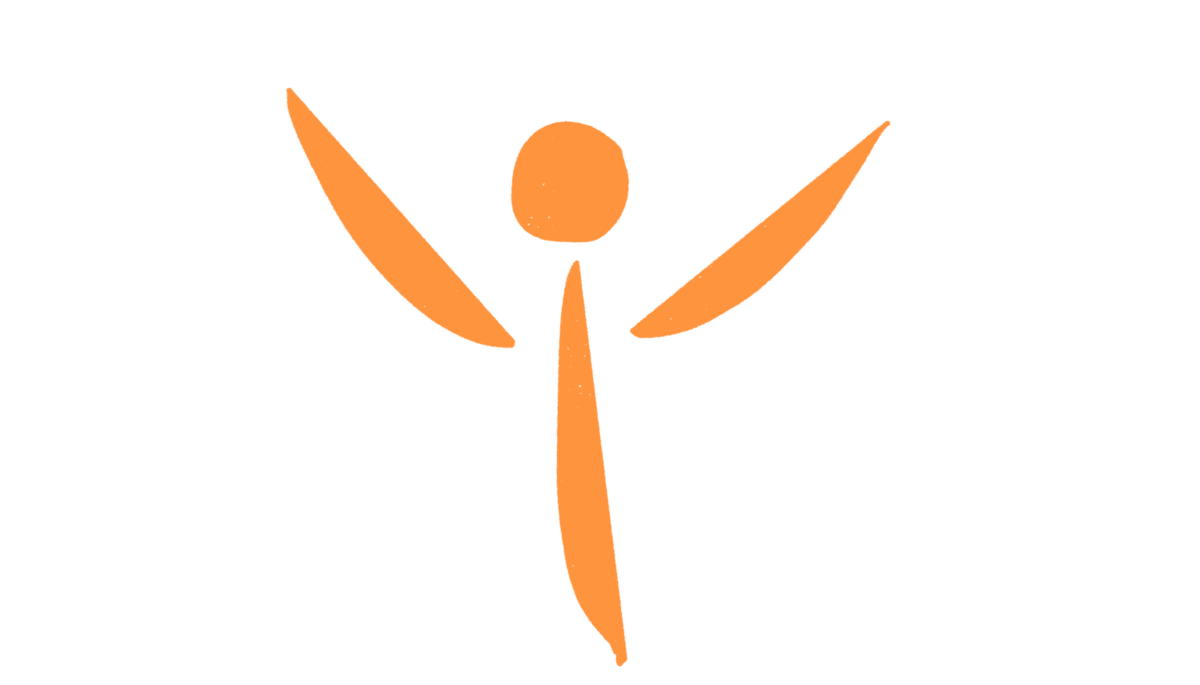
You are learning in life, how to Respond appropriately, to what reality puts in front of you.
This is a major concept to understand and take control of, in your journey to becoming you. By learning how to Pause and Respond, you reduce the levels of stress you put yourself under.
Question:-
Who / what makes you angry?
Answer:- You do! Stuff happens, then you make yourself angry. Until we take responsibility for our feelings, we will find them difficult to control. I.e. as long as the responsibility is out there, viz:- “he’s really annoying me” then I do not have to change anything, he does! So the responsibility for how I feel, lies with him! So there!
Eh, no, the responsibility for how you feel, lies with you 🙂
See also the serenity prayer:-
God grant me the serenity
to accept the things I cannot change;
courage to change the things I can;
and wisdom to know the difference.
I love this quote from an American Pastor, Chuck Swindoll:-
“The longer I live, the more I realize the impact of attitude on life. Attitude, to me, is more important than facts. It is more important than the past, the education, the money, than circumstances, than failure, than successes, than what other people think or say or do. It is more important than appearance, giftedness or skill. It will make or break a company… a church… a home. The remarkable thing is we have a choice everyday regarding the attitude we will embrace for that day. We cannot change our past… we cannot change the fact that people will act in a certain way. We cannot change the inevitable. The only thing we can do is play on the one string we have, and that is our attitude. I am convinced that life is 10% what happens to me and 90% of how I react to it. And so it is with you… we are in charge of our Attitudes.”
― Charles R. Swindoll
Life is 10% what happens, 90% how we deal with it
We can ALWAYS choose our attitude in any given moment, if you choose not to, or default to not choosing your attitude, then you will React to what is in front of you.
If you choose a resourceful positive attitude, than that is how you will be 🙂
Let me talk about building more resources for you
Imagine learning to play a musical instrument, or possibly more apt, building and conducting an orchestra.
In the ‘orchestra’ of our mind, some of us have perfected the percussion section (loud drums etc), played when we get annoyed, (there is a great book that talks to this “The Chimp Paradox” by Steve Peters). It may be when the orchestra plays, that’s all we get!
Maybe you never play percussion and how you respond to reality, is just to play a beautiful single note from a violin, or anywhere in between. This of course will vary according to the context we find ourselves in.

In an orchestra, the musicians are arranged into four sections:- the strings—such as violins and cellos—sit at the front. The woodwind—such as oboes, clarinets, saxophones, bassoons—and brass—such as trumpets and French horns—sit in the middle. Percussion—such as kettledrums and a xylophone—sit at the back.
Notice the percussion sits at the back (because they are very loud)
What about building all your sections? Woodwind, brass, strings and percussion.
This will create much richer sounds and can be very delicate, when only one violin is gently playing
What am I saying here? Perhaps you know how to do percussion, or play some notes quietly on a violin and that is mainly what you do automatically when you are stressed and you React.
The work here is to LEARN how to ‘play’ all or any of your violins, oboes, clarinets, saxophones, trumpets and timpani, so that, when you need to, you can Respond appropriately.
How to do that?
Think through and prepare before an event, situation e.g. a meeting, what might trigger you to React (e.g. with percussion) and prepare yourself to Respond through your violins softly, gently, sweetly.
Now practice, practice, practice in your mind, play it through in your mind, imagine for example, playing the “violins, violas, cellos”, adding richness of tone to your Response
Then once you have the strings, move to woodwind then brass, and percussion, imagine your Response as you ‘play’ those instruments. Of course it may also be necessary to bring in percussion 🙂 This time though, you will be doing that consciously.
Then, when you actually are in the situation, meeting or event, you have already practiced your response, so it becomes easier to invoke it.
Like learning anything it will appear ‘clunky’ in the beginning (conscious incompetence), then as you repeat the experiences of Responding, now using your full orchestra, becomes ‘easier’.
Won’t it be great, in any situation having access to the resource of your full orchestra!
In a Team context, where you are the Leader and the Team are your ‘orchestra’ :-
You are the integrating member of your team, you are:-
Composer (of the music) or you may be handed a piece from above that needs some subtle rewriting 🙂
Conductor to ensure harmony and that all are heard at the right time and in proportion, e.g. your gentle (perhaps key) violin solo, as you conduct through the composition
Player, when it needs some piano (soft) you play that, needs more brass you play that, more percussion you play that, a little bit of oboe, etc. you have to play what may be missing in any given ‘piece of music’ to harmonise.
You are the Harmoniser.
- What are the main instruments in your ‘orchestra’?
- Which new instruments do you need to add?
- How good a composer, conductor, player are you?
- What do you need to practice more?







